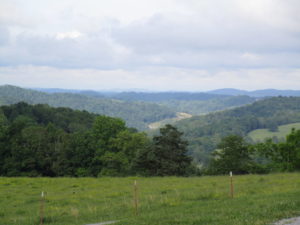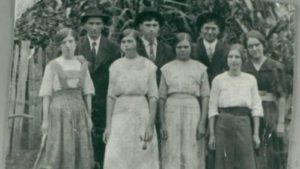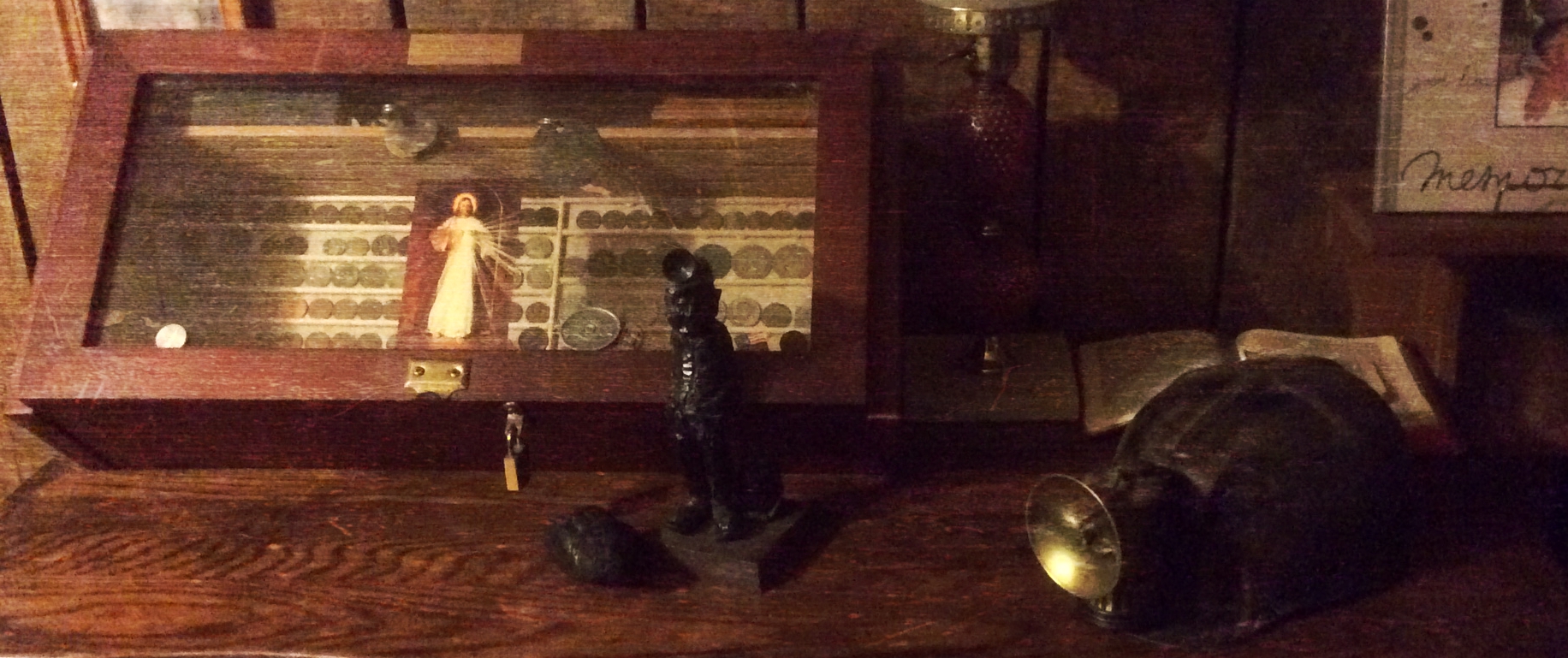About Appalachia Bare

We represent seldom considered Appalachians who offer firsthand tales of the richness, the goodness, the unflinching realness of our beloved soil. Whether Appalachian born or planted, inhabitants are deeply devoted to the enveloping mountains that surround them, the spirited ancestors who came before them, and the culture ingrained within them.
Appalachians live in one of the most extraordinary places on Earth. The Appalachian Mountains are celebrated for their lush, primeval forests and the mystical mountain haze that hovers among them. Appalachia’s jagged, rocky crags reveal a stratified history and their mesmerizing plateaus and valleys are festooned with distant treetop florets. Exceptional, diverse plant species exist underneath the forest umbrella. A plethora of wild edible or medicinal plants grow near colorful, exotic flora. Wild berries prompt a mouthwatering treat while nut and fruit trees drop their hanging treasures on the ground. The back-country terrain is harsh at times, but the land’s reward for people who live here far outweighs the roughness. The landscape also provides a habitat for numerous creatures and insects, from black bears and flying squirrels to chicken hawks and copperheads, fireflies and wolf spiders to packsaddles and leaf hoppers. The frothed, brawling rivers or still, misty lakes provide opportunities for transportation, recreation, fishing, or just plain, guarded solitude. The unforgiving yet tranquil mountain isolation has been the bane for some and the desire of many.
Native born Appalachians greatly revere their ancestors, whether scoundrels or saints, cutthroats or granny women. Forebears are memorialized from generation to generation through oral narratives and legends. Both native and transplant Appalachians often observe the encompassing land through the eyes of pioneers who settled the mountainous region. They see, for example, the Scottish Highlands in the Smoky Mountains, or the dales of Donegal and Alsace in their backyard foothills. Mountain people invariably evoke their ancestors’ same grit and determination and feel their lifeblood run throughout the history-laden territory. Indeed, native Appalachians have such a unique, sacrosanct bond with the land. Some properties were inherited centuries ago from their ancestors when great amounts of acreage were awarded as Revolutionary War grants to soldiers who fought for independence. Consequently, Appalachians have a deeper, mythical kinship with the mountains and many consider their lands hallowed ground.

Yet, even though such an impressive natural world is readily seen and acknowledged, depictions of Appalachians are mostly specious, either inadvertent or intentional. For over one hundred years, Appalachians have been treated as “other” — poor, isolated, mean, inbred, uncouth, uneducated, backward, no-shoe-wearin’-corn-pone-drinkin’-meth-brewin’ miscreants, the armpit of the nation, a dying culture, and a people in crisis. In the past and in today’s time, some Appalachians reject the fullness of their heritage, admitting the good, eschewing the bad, and writing off the ugly. One reason for this shunning may be due to the treatment in totality by the nation. Another reason may be because not much in the way of cultural history or dignity has been offered.
The purpose of this blog is to present a truthful Appalachia revealed by mountain folk through artistic creativity, scientific accomplishments, and historical nuances. We will not turn a blind eye to the faults and flaws of Appalachia, but you will find no elegies here. Our goal is to offer a place where Appalachia is revealed and uncovered, a place where the accomplishments of her people can be shared and the repentant can have a voice. And, oh, the stories that need to be told.
**Featured Image: from Delonda Anderson’s collection
**Featured Images for sub-categories:
Typewriter by Devanath on Pixabay
Ethel Selansky, typist from museumsyndicate.com (slightly altered)
